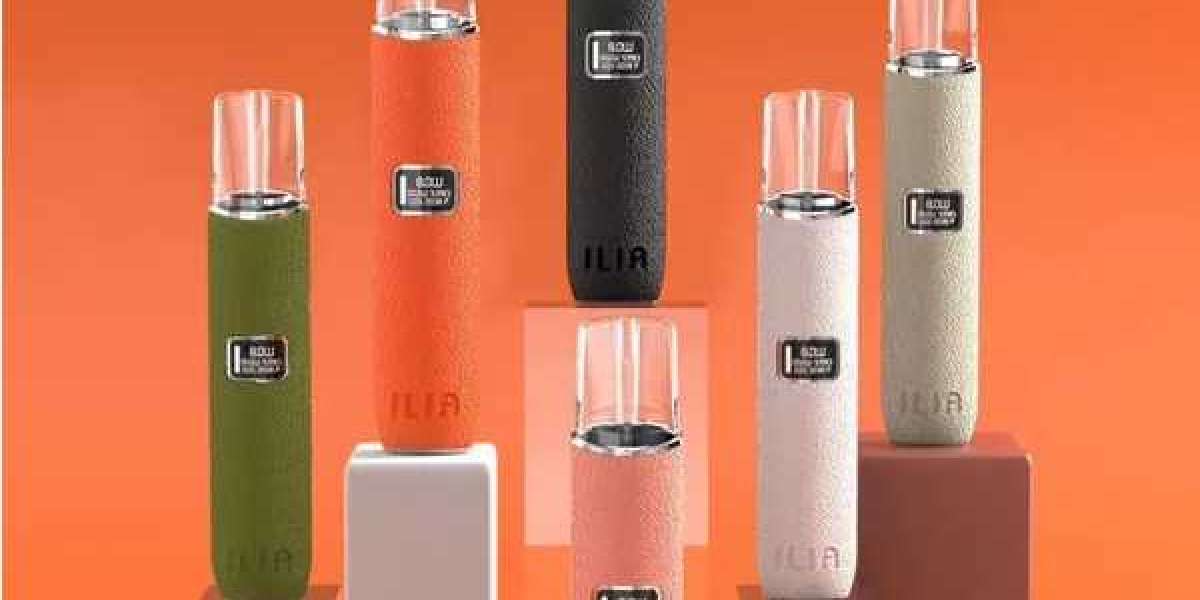An aerial power cable—also known as an overhead power line—is a type of electrical cable suspended above the ground using poles or towers. These cables are critical for transmitting electrical power across long distances, especially in urban, suburban, and rural grids.
Unlike underground cables, aerial cables are exposed to environmental conditions and rely heavily on their mechanical strength, insulation, and conductivity to ensure reliable power delivery.
Key Features of Aerial Power Cables
| Feature | Details |
|---|---|
| Material | Aluminum (AAC, AAAC, ACSR) or Copper |
| Voltage Range | Low (up to 1kV), Medium (1kV–35kV), High (35kV+) |
| Installation | Mounted on poles or lattice towers using insulators |
| Usage | Utility grids, industrial transmission, rural electrification |
| Weather Resistance | UV, heat, ice, wind, and storm-resistant designs available |
Why Are Aerial Power Cables Still in Demand?
Despite the advancement of underground transmission systems, aerial power cables continue to dominate for cost-efficiency, maintenance accessibility, and faster deployment. Below are the major advantages:
✅ Cost-Effective
No trenching or tunneling costs
Lower installation and labor expenses
✅ Easy Maintenance
Visual inspection possible without excavation
Fault detection and repair are quicker
✅ Scalable
Supports grid expansion in growing regions
Easier upgrades and capacity boosts
Types of Aerial Power Cables
Understanding the types helps you select the right solution for your power distribution needs:
1. All Aluminum Conductor (AAC)
High conductivity
Light weight
Ideal for short spans and urban networks
2. Aluminum Conductor Steel Reinforced (ACSR)
Core of steel for extra strength
Excellent for long distances and high-tension lines
3. All Aluminum Alloy Conductor (AAAC)
Better corrosion resistance
Superior strength-to-weight ratio
Used in coastal or industrial zones
4. Covered Conductor (ABC - Aerial Bundled Cable)
Insulated to reduce outages from tree branches
Popular in rural and forested areas
How Are Aerial Power Cables Installed?
Installation follows precise engineering standards:
Survey Planning
Assess terrain, load, clearance requirements
Select poles and insulator types
Pole Erection
Wood, concrete, or steel poles spaced typically 30–100 meters apart
Installed with grounding and base anchoring
Stringing the Cable
Tensioned with pulleys or cranes
Sag calculated based on temperature and wind loads
Connection Testing
Cables connected to transformers or substations
High-voltage testing ensures stability
Materials Used in Aerial Power Cables
| Component | Material Options | Purpose |
|---|---|---|
| Conductor | Aluminum, Copper | Conducts electrical current |
| Core (Reinforcement) | Galvanized steel | Adds tensile strength |
| Insulation (for ABC) | XLPE, HDPE | Protects against short circuits |
| Sheathing (if present) | UV-resistant Polyethylene | Adds weather protection |
Common Applications
Urban Grids: Compact configurations using bundled conductors
Industrial Zones: High-capacity ACSR for transmission between plants
Rural Electrification: Lightweight AAC or ABC for economical reach
Disaster Recovery: Quick deployment after storm or wildfire disruptions
Factors That Influence Aerial Cable Selection
When choosing an aerial cable, several criteria must be evaluated:
? Load Requirements
Determine peak and continuous current capacity
Select conductor size accordingly
? Weather Conditions
High-wind or ice-prone regions may need stronger reinforcement
UV and heat resistance critical in tropical zones
? Span Length
Long spans require stronger, reinforced cables (e.g., ACSR)
? Terrain
Uneven or mountainous areas demand higher sag tolerances
Maintenance of Aerial Power Cables
Proper upkeep ensures long service life and safety. Here's what utility companies monitor:
Visual Checks: Signs of wear, insulation degradation, or sagging
Thermal Scanning: Identifies hot spots or overload conditions
Tension Measurement: Ensures cable tension remains within safe limits
Corrosion Control: Periodic treatment of metal components
Safety Considerations
Aerial cables carry significant voltage and must comply with electrical codes:
Minimum Ground Clearance: Ensures no accidental contact
Bird Guards and Anti-Climbing Devices: Prevent wildlife and human hazards
Proper Grounding: Discharges fault current safely into earth
Lightning Arrestors: Protect lines from surges
FAQs About Aerial Power Cables
? What is the lifespan of an aerial power cable?
A well-maintained cable can last 25–50 years, depending on the material and environmental exposure.
? Are aerial cables safe during storms?
Yes. Cables are engineered to withstand strong winds, lightning, and ice. Covered variants (ABC) add extra safety.
? Which is better: underground or aerial power cables?
Aerial: Cost-effective, easy maintenance, visible faults
Underground: Aesthetic, protected from weather, higher upfront cost
? Can aerial cables be customized?
Absolutely. You can choose conductor size, insulation type, core material, and installation accessories based on your project's specifications.
Pro Tips: Maximizing Aerial Cable Performance
Always choose a cable with future load capacity in mind
Use corrosion-resistant alloys in coastal or humid areas
Include bird flight diverters in wildlife-dense zones
Perform load balancing to avoid phase imbalances
Regularly schedule infrared inspections
Industry Standards and Compliance
Aerial power cables must conform to international and national standards for safety and performance, such as:
IEC 61089 – Conductors for overhead lines
ASTM B232 – Standard for ACSR conductors
ISO 9001 – For manufacturing and quality assurance
IEEE 524 – Guide for cable installation and maintenance
Real-World Use Case
Scenario: A regional utility company in Southeast Asia needed to extend power to a rural village across mountainous terrain.
Solution:
Selected AAAC cables for corrosion resistance and reduced weight
Used pre-fabricated concrete poles for quicker setup
Installed ABC cables near forested zones for added safety
Result: The project was completed in 60 days, reducing power outage risk by 75% in the first year.
Comparison Table: Aerial Cable Types at a Glance
| Type | Material | Best For | Strength | Insulated |
|---|---|---|---|---|
| AAC | Aluminum | Urban, short spans | Medium | ❌ |
| ACSR | Aluminum + Steel | Long spans, rural zones | High | ❌ |
| AAAC | Alloy Aluminum | Coastal, industrial areas | Medium-High | ❌ |
| ABC | Insulated + Core | Trees, wildlife, safety | Medium | ✅ |
If you're navigating the complexities of electrical infrastructure and wondering how to future-proof your grid, aerial power cables continue to offer unmatched flexibility and cost-efficiency—making them a prime choice for modern transmission challenges.







